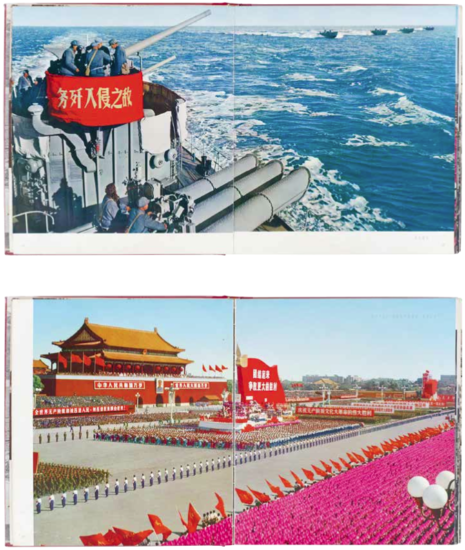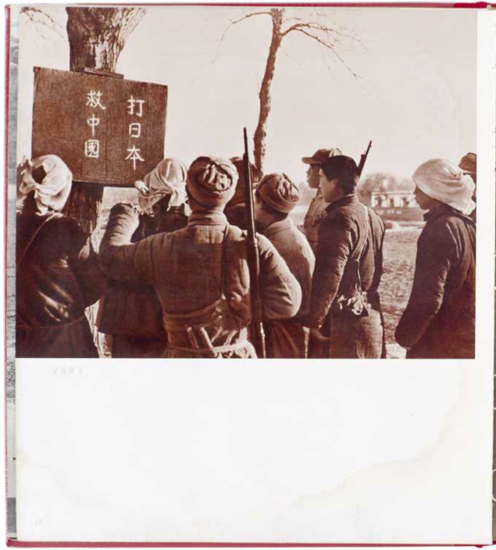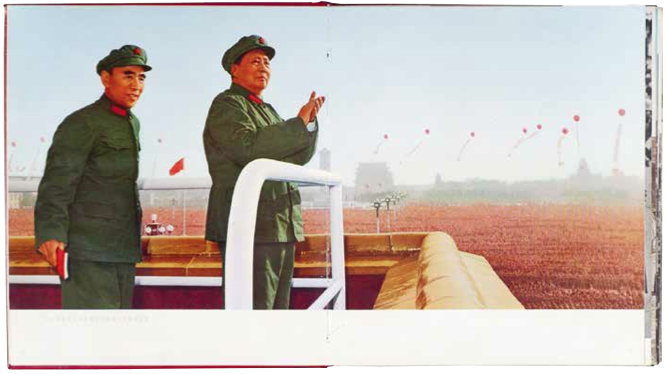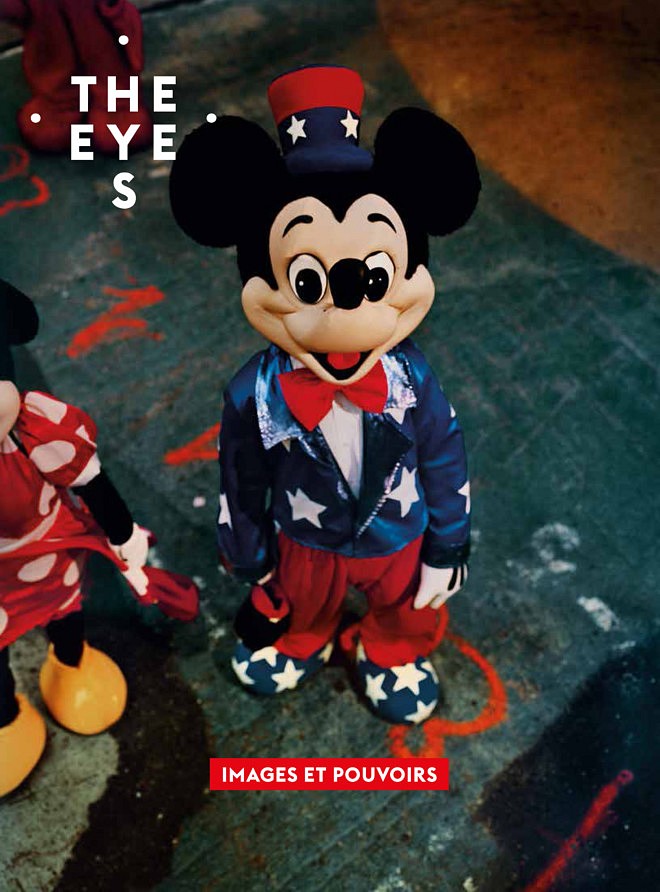Long live the May Seventh directive
The Eyes #9
10/04/2019
Long live the glorious may seventh directive
Interview with Jeffrey Ladd
By Rémi Coignet
As with most dictatorship, China wanted to produce propaganda photographic books boasting its so-called achievements relative to the Western model. The publishing house Errata Books has reproduced one of the most emblematic of them, Long Live the Glorious May Seventh Directive, released in 1971 to glorify Mao and the regime’s successes while masking the horror. A return to a specific kind of imagery and an analysis of the importance of its distribution in the book form.
Rémi Coignet : In the Books on Books collection dedicated to masterpieces in the history of the photobook, published by Errata Editions, you recently issued a volume dedicated to Long Live the Glorious May Seventh Directive, a Chinese propaganda book from 1971. Why this choice?
Jeffrey Ladd : Errata Editions had wanted to feature a couple studies of communists state-produced “propaganda” books in the series. We chose to publish Long Live the Glorious May Seventh Directive from China alongside a study of A La Plaza Con Fidel from Cuba. These two books offer a look into different styles and approaches of state imagery – one from one of the largest communist countries and the other from one of the smallest. Our publication of Long Live the Glorious May Seventh Directive also coincided with the 50th anniversary of the start of the Cultural Revolution in 1966, which the original book attempts to extol the virtues of.
RC : The book glorifies Mao Zedong’s “May 7th Directive” from 1966; can you tell us in a few words what this directive was about?
JL : Basically, the May 7th Directive refers to a letter Mao Zedong sent to his adviser Lin Biao stating that the army should create a “great school” (known as cadre schools) in rural areas which citizens would be required to attend to study politics and military affairs and engage in major agricultural and factory production projects. In reality these schools were large labour camps where people were re-educated in “proper socialist thought”. Mao alleged that bourgeois elements had infiltrated the government and society, and that it was his aim through the directive to eliminate any threats, including his perceived rivals within the Communist party.
RC : How does the book exalt this directive and what does it hide?
JL : Due to employing a socialist realist style of photography, life within the Revolution looks idyllic. People are happy in their work ; the landscape is beautiful ; the fruits of their labour are plentiful ; there is a sense of harmony ; fear is no longer present ; and the sense of collective power is sown so strongly into the society that every citizen seems a necessary contributor. What it hides are the realities that millions of people sent to these military-run schools were subjected to hard labour, torture, imprisonment, public humiliation, and execution. The true numbers of how many people died in the Cultural revolution between 1966 and 1976 vary greatly, but estimates are between 1.5 million and 3 million.
RC : What made you at Errata consider this book a masterpiece?
JL : “Masterpiece” is such a subjective term, as there are dozens of really interesting propaganda books from China, but Long Live the Glorious May Seventh Directive is important mainly because it is a large book that sustains from start to finish. There are other books more lavishly produced, but few of those seem as complete as this one. This book was published to celebrate the 5th year into the Revolution and it accompanied a large state exhibition of art and photography, so the dissonance between it marking a milestone of completely fictionalized “successes” and the devastating reality, makes it notable even today in a world of alternative realities.
Long Live the Glorious May Seventh Directive Books on Books #20 Essays by Chen Shuxia, Liu Ding, Carol Yinghua Lu Errata Editions, hardcover with dust jacket, 196 pages





